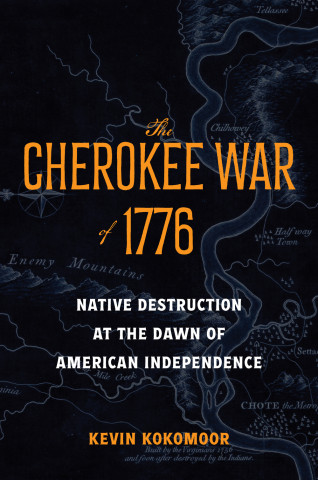
Reviews
This book succeeds admirably in... show[ing] that far from being static during the years between Reconstruction and the Second World War, the southern states were rapidly changing... It would be hard to find a better ground-level account.
This is one of those uncommon scholarly works that combines remarkable research and a fluid writing style into an illuminating and highly readable book... Harris gives voice to a heartbreaking story of economic struggle, racial conflict, and glacial change through memoirs, letters, and newspaper articles. He writes with genuine sympathy for the inhabitants of each region but never loses sight of the broad forces that shaped their lives. Highly recommended.
The ebbs and flows of capital and labor form the bones of Harris's work, while the lives of real people give it vitality—women as well as men, poor farmers and wealthy landowners, Pentecostals and politicians, sharecroppers and educators, lynchers and their victims, suffragists and blues singers, entrepreneurs and activists—often rendered in pertinent, vivid biographical detail in this absorbing work, which is based on more than a decade of research.
Harris's superb synthesis of the vast scholarship on this era is matched by his identifying previously untapped archival sources that offer fresh perspectives and evidence.
There is no static South here; Harris's story is one of constant change and evolution, in response to forces both internal and external... Harris's achievement is not in reconceptualizing southern history, it is in synthesizing many of the strands of recent historiography, helping us understand how they fit together in the lives of real Deep Southerners.
[A] very satisfying analysis. Harris' exhaustive research, his careful attention to the regional distinctions, and his sensitivity to the complexities of change make this an important contribution to the study of the Jim Crow South.
It should come as no surprise the Deep Souths, written by J. William Harris, was nominated for a Pulitzer Prize... Deep Souths brings us closer to an understanding of how place and time shaped the different ways that the politics and cultures of segregation played out on the Georgia Sea Coast, in the Mississippi Delta, and in the Georgia Piedmont.
Deep Souths is unusual... rigorous comparative studies of different subregions of the wider South are extremely rare... His book is agreeably written and he has a nice touch in telling stories that make the economic and social abstractions complete.
Harris has constructed a mosaic of impressive dimension and subtlety in Deep Souths, a study that adds significantly to our understanding of the South on several levels.
This is a wonderfully written book: each chapter starts with a compelling story, and the prose is crisp, clear, lively, and evocative.
Deep Souths combines sophisticated analysis with finely etched portraits of life and labor. Although pointing out that the term 'Deep South' connotes timelessness and changelessness, Harris creates a stunningly effective synthesis of the changes in three Deep South locales.
Book Details
Acknowledgements
Introduction
Part I: 1876–1896
Chapter 1. Land and Labor in New South Countrysides
Chapter 2. "A White Man's Country": Creating the Age of Segregation
Chapter 3. The Populist Challenge
Part
Acknowledgements
Introduction
Part I: 1876–1896
Chapter 1. Land and Labor in New South Countrysides
Chapter 2. "A White Man's Country": Creating the Age of Segregation
Chapter 3. The Populist Challenge
Part II: 1897–1918
Chapter 4. Capital at Work, Capitalists at Play
Chapter 5. Culture, Race, and Class in the Segregation Era
Chapter 6. War's Challenge to Jim Crow Citizenship
Part III: 1919–1939
Chapter 7. Twilight in Cotton's Kingdom
Chapter 8. "Discord, Dissension, and Hatred": Cultural Change and Cultural Conflict After World War I
Chapter 9. "Uncle Sam is My Shepherd": The New Deal's Challenge to Deep South Political Economy
Conclusion
Deep South Histories
Coda
Endings
Appendix: Charts and Tables
Abbreviations
Notes
Essay on Sources
Index





